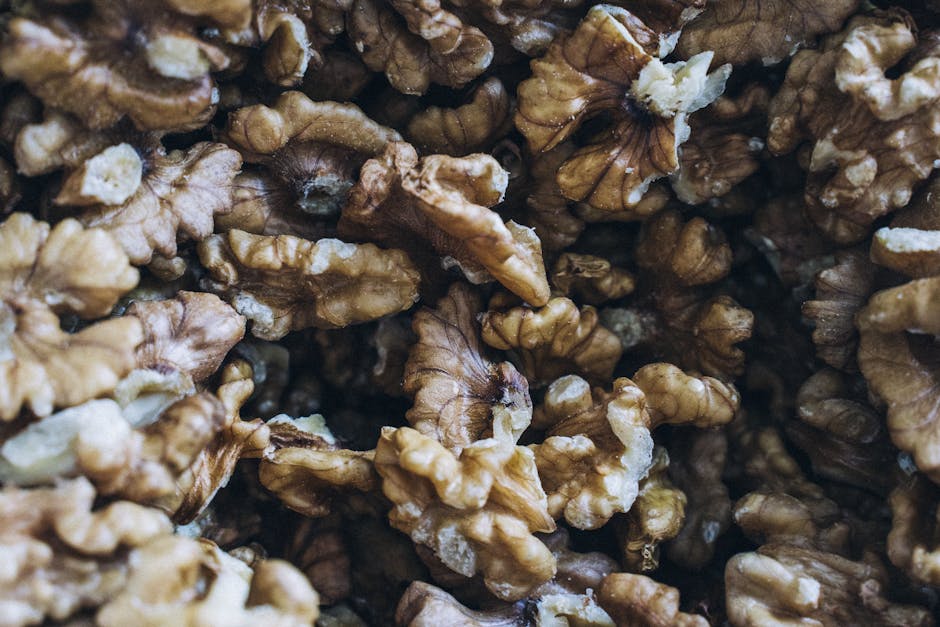Introduction
Keto is a powerful dietary approach for weight loss and metabolic health. But for many, the restrictive nature of keto can make it difficult to maintain long-term. If you’ve experienced the initial benefits of keto but are now seeking a more sustainable and varied eating pattern, the Paleo diet could be the logical and beneficial next step. This article explores why and how transitioning from keto to Paleo can be a seamless and healthy evolution.
Why Paleo Builds on Keto’s Foundation
Similarities That Ease the Transition
Both keto and Paleo diets emphasize whole, unprocessed foods and prioritize fat and protein intake. This shared foundation means you’re already familiar with:
- Prioritizing Whole Foods: Focusing on real, nutrient-dense foods instead of processed alternatives.
- Reducing Sugar Intake: Both diets drastically limit or eliminate added sugars and refined carbohydrates.
- Emphasizing Healthy Fats: Both diets recognize the importance of healthy fats for energy and satiety.
- High Protein Intake: Protein plays a crucial role in both diets for muscle maintenance and overall health.
Where Paleo Expands Upon Keto
While keto restricts carbohydrates to induce ketosis, Paleo offers more flexibility and variety. This allows for:
- Increased Carbohydrate Intake (Strategically): Paleo allows for consumption of fruits, vegetables, and some starchy tubers (like sweet potatoes) in moderation. This broader range of carbohydrates can support better energy levels for exercise and overall well-being.
- Greater Nutrient Diversity: The wider range of allowed foods in Paleo ensures a more comprehensive intake of vitamins, minerals, and antioxidants.
- Improved Gut Health: The inclusion of fiber-rich fruits and vegetables supports a healthier gut microbiome, which is essential for digestion and overall health.
- Enhanced Social Acceptability: Paleo is often easier to adhere to in social settings due to its less restrictive nature.
Making the Transition: Keto to Paleo
Gradual Carbohydrate Reintroduction
The key to a successful transition is to gradually reintroduce carbohydrates, paying attention to how your body responds. Follow these steps:
- Start with Low-Glycemic Fruits and Vegetables: Berries, leafy greens, broccoli, and cauliflower are good initial choices.
- Monitor Your Body’s Response: Track your energy levels, digestion, and any changes in weight or symptoms.
- Gradually Increase Portion Sizes: As your body adapts, slowly increase the amount of carbohydrates you consume.
- Introduce Starchy Tubers: Once you’re comfortable with fruits and vegetables, you can begin incorporating sweet potatoes, yams, and other starchy tubers in moderation.
Prioritize Nutrient-Dense Paleo Foods
Focus on filling your plate with a variety of nutrient-rich foods:
- High-Quality Proteins: Grass-fed beef, pasture-raised poultry, wild-caught fish.
- Healthy Fats: Avocados, olive oil, nuts, and seeds.
- Colorful Fruits and Vegetables: A wide variety to ensure a broad range of vitamins and minerals.
Listen to Your Body
Everyone’s body responds differently to dietary changes. Pay attention to how you feel and adjust your food choices accordingly. If you experience any negative symptoms, reduce your carbohydrate intake and consult with a healthcare professional.
Addressing Potential Challenges
Weight Management
While Paleo is generally a healthy diet, it’s still important to be mindful of portion sizes and calorie intake, especially when transitioning from keto. Monitor your weight and adjust your food choices as needed.
Carb Cravings
You may experience carb cravings as you transition from keto. This is normal. Be patient with yourself and focus on consuming nutrient-dense, satisfying meals. Over time, your cravings will subside.
Finding the Right Balance
Experiment with different carbohydrate levels to find what works best for your body. Some people may thrive on a lower-carbohydrate Paleo diet, while others may benefit from a higher intake.
Conclusion
Transitioning from keto to Paleo can be a logical and beneficial step towards a more sustainable and varied eating pattern. By gradually reintroducing carbohydrates, prioritizing nutrient-dense foods, and listening to your body, you can enjoy the benefits of both diets while maintaining your health and well-being. Paleo offers the freedom and flexibility that many find lacking in keto, ultimately making it a more sustainable lifestyle choice for long-term health.
